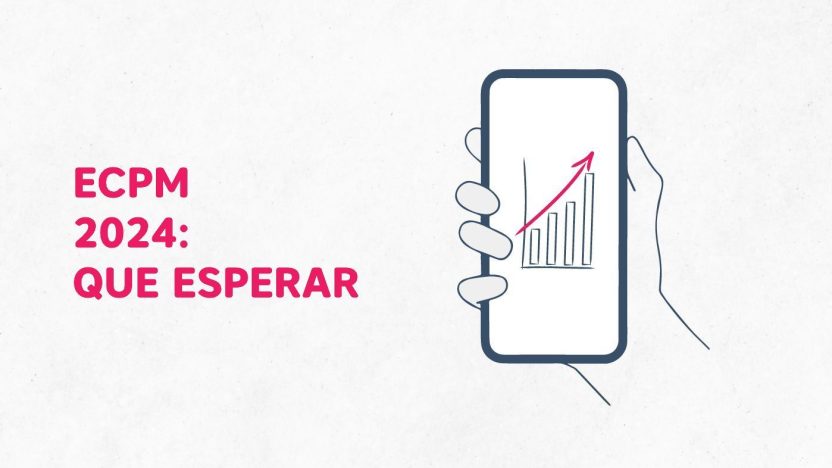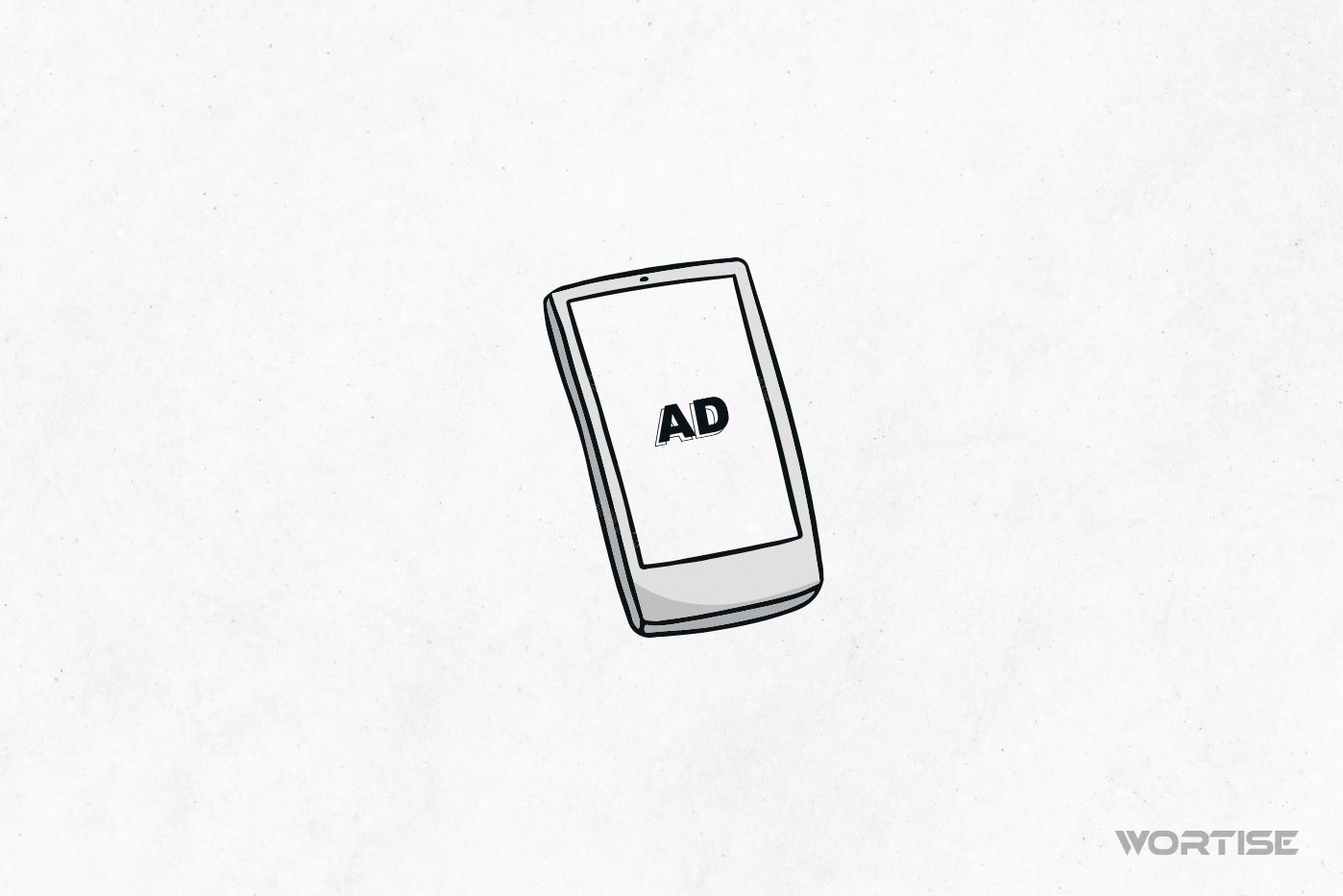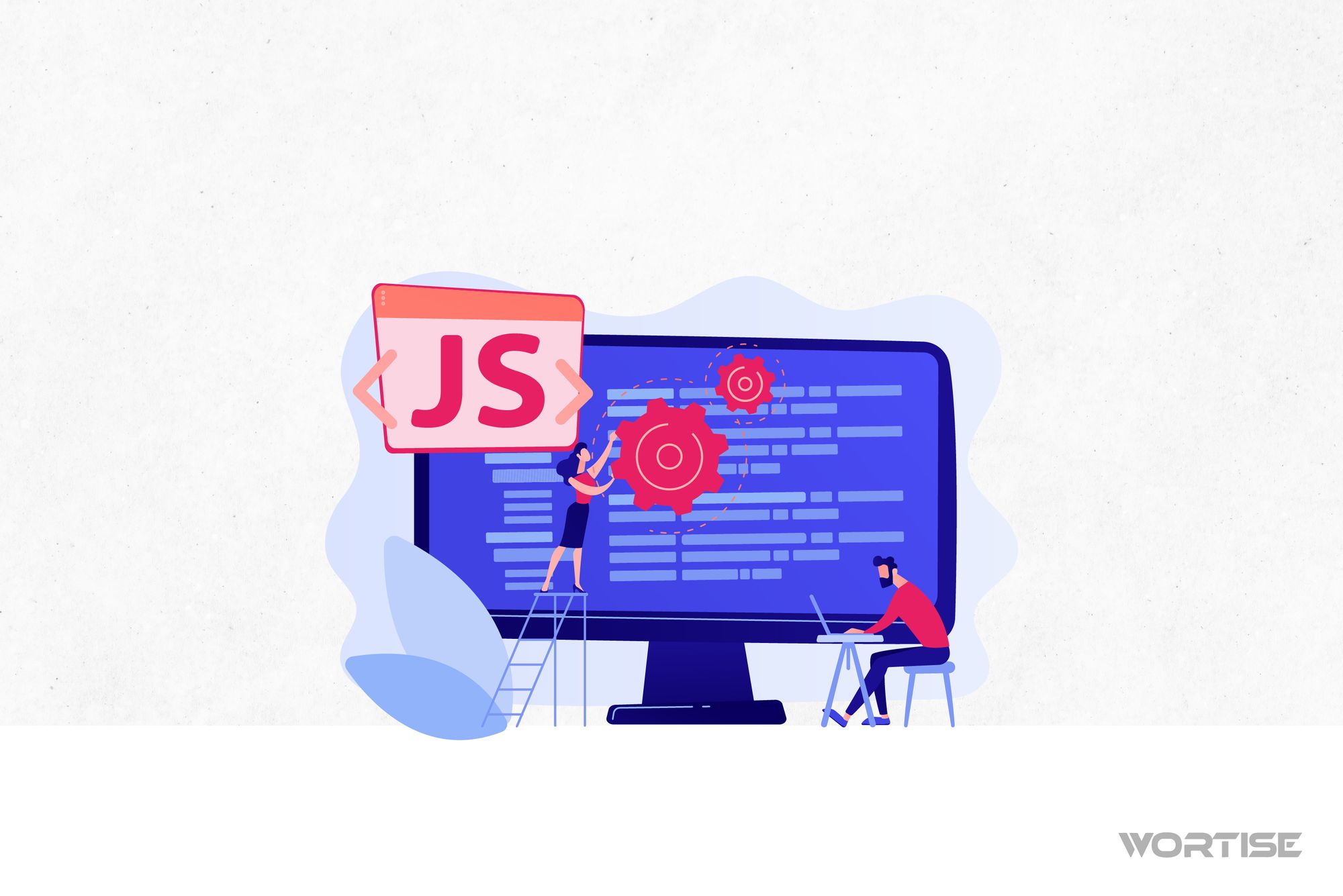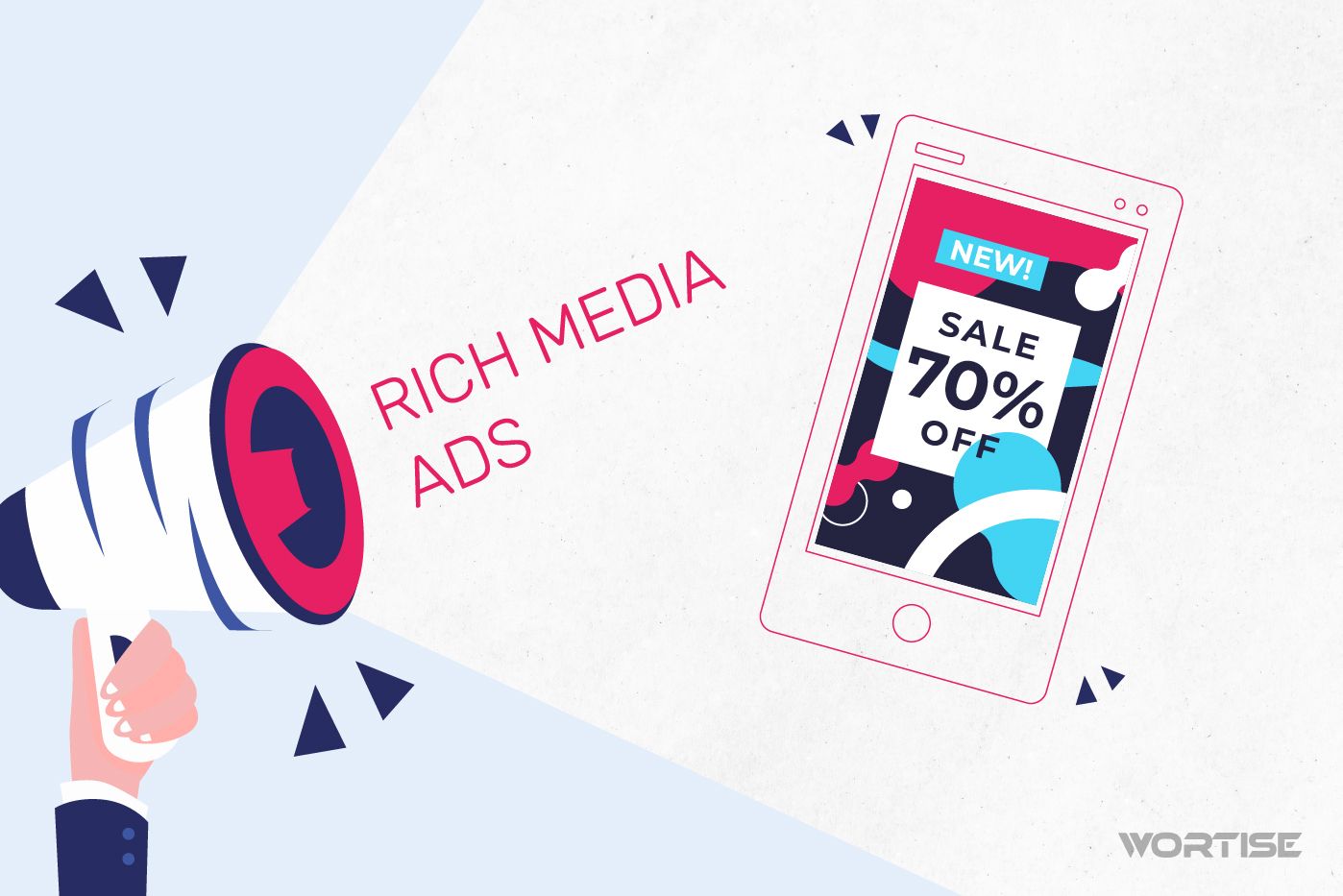Todos hemos escuchado la leyenda: entre enero y marzo, los editores sufren el apocalipsis publicitario, y no faltan razones para creerlo. Como en cualquier otro mercado, los publishers experimentan un bajón tras despedir los meses de gran demanda: noviembre y diciembre, marcados por temporadas de descuento, mayor gasto publicitario y el particular comportamiento de los usuarios en temporada festivas; todo esto seguido de un descenso en la euforia y el dinero disponible. Ya conocen el dicho: todo lo que sube…?
Aunque no hay nada extraño en esto, es importante entender muy bien la razón de fondo para no desesperar (importante), actuar de forma inteligente en la “sequía” y mapear muy bien tus pasos para los meses siguientes.
En este breve artículo, te explicamos qué se espera en la industria y sus principales motivos.
Enero a Marzo: eCPM durmiente
Históricamente, enero es el mes donde el eCPM cae drásticamente después de los buenos resultados de noviembre y diciembre. Si lo comparamos con el último trimestre del año, se reportan casos de hasta un 60 % de disminución del eCPM y la tasa de llenado de anuncios.
Y esto sucede por varias razones, todas relacionadas con las dinámicas del mercado y el comportamiento de los anunciantes. Es lo que conocemos como “eCPM durmiente”. Te explicamos:
1. Fin de la temporada alta de publicidad
Diciembre es un mes de alta demanda publicitaria debido a las fiestas de fin de año. Los anunciantes gastan mucho en publicidad para captar la atención de los consumidores durante la temporada de black friday (finales de noviembre) hasta las compras navideñas. Una vez que termina esta temporada, hay una disminución natural en la inversión publicitaria.
2. Presupuestos de publicidad y optimización de campañas
Al comenzar un nuevo año, muchas empresas están reevaluando o reiniciando sus presupuestos de publicidad. Puede haber una pausa o una disminución en el gasto mientras las estrategias y presupuestos se establecen para el nuevo año, lo que lleva a una menor competencia por el espacio publicitario y, nuevamente, a eCPMs más bajos. También, los anunciantes suelen utilizar enero para analizar y optimizar sus estrategias de publicidad basándose en el rendimiento del año anterior.
3. Comportamiento del consumidor
Después de las festividades, los consumidores suelen reducir el gasto debido a las compras realizadas durante la temporada navideña. Esto significa que hay menos incentivo para que los anunciantes gasten agresivamente en publicidad, ya que el retorno de la inversión podría no ser bueno.
4. Inventario de anuncios
Hay un aumento en el inventario de anuncios disponible después de diciembre porque hay menos competencia por el espacio publicitario. Con más espacios disponibles y menos competencia por ellos, los eCPM bajan.
Qué sucede entre abril y junio
Después de enfrentar el período del «eCPM durmiente», es decir, de enero a marzo, donde los precios tienden a caer drásticamente después de las festividades de fin de año, los editores y anunciantes vuelven su mirada hacia el segundo trimestre, abril a junio, con esperanza y estrategia. Pasan dos cosas importantes:
1. Abril marca un periodo de ajuste y recuperación
Los anunciantes y editores, armados con datos del primer trimestre, redefinen sus estrategias para maximizar la eficiencia y la efectividad de sus campañas. Esta optimización suele reflejarse en una mejora gradual de los eCPM.
2. Llegan nuevos eventos estacionales y festividades
Abril a junio abarca varios eventos clave y temporadas que impactan el comportamiento del consumidor. Festividades como la Semana Santa, eventos deportivos y el inicio del verano en algunos países pueden influir positivamente en la disposición de los anunciantes a gastar más en publicidad, impulsando así el eCPM.
Así avanza julio a septiembre
También pasan cosas claves que podrían favorecer más a unos sectores que a otros, pero siguen habiendo oportunidades para subir el eCPM con buenas estrategias: vacaciones de verano, regreso a clases y las preparaciones para el último trimestre.
1.Temporada de verano y vacaciones en el hemisferio norte
Julio y agosto son meses de vacaciones en muchas partes del mundo. Esto puede significar una disminución en la actividad que los usuarios pasan en las apps / juegos y una menor interacción con los anuncios, lo que potencialmente reduce el eCPM. Sin embargo, también ofrece oportunidades en ciertas industrias como turismo, entretenimiento y comercio.
2. Regreso a la escuela y cambios de temporada
Septiembre marca el inicio del regreso a clases en varios países, generando oportunidades para campañas publicitarias dirigidas en sectores como la moda, la electrónica y los suministros escolares.
Octubre a diciembre: la euforia de la navidad y fin de año
Los anunciantes comienzan a planificar y probar estrategias para el crucial último trimestre del año, lo que puede influir en los patrones de gasto y eCPM. Sin dudas es la mejor época del año para monetizar de forma eficiente el inventario en las apps y juegos. Ya que es un mes donde las marcas / anunciantes invierten la mayor parte de su presupuesto en campañas publicitarias acordes a la estacionalidad.
En estos meses suceden unos cuántos fenómenos interesantes que merecen ser analizados:
1. Aumento del gasto publicitario
Tradicionalmente, el último trimestre del año ve un aumento significativo en el gasto publicitario. Con eventos como el Black Friday, Cyber Monday y las festividades navideñas, los anunciantes están dispuestos a invertir más en publicidad, lo que suele resultar en un aumento de los eCPM.
2. Alta actividad de usuarios
Con las vacaciones y el tiempo libre durante este período, hay un incremento en el uso de aplicaciones y juegos, proporcionando una mayor base de usuarios a los que se puede llegar con publicidad.
3. Competencia por espacio publicitario
La alta demanda de espacio publicitario durante este trimestre puede llevar a una competencia intensa, resultando en precios más altos de eCPM.
4. Campañas publicitarias estacionales
Las campañas enfocadas en eventos específicos de este trimestre, como promociones de temporada o ventas navideñas, tienden a tener un alto rendimiento.
¿Qué podemos concluir?
Como vimos, el panorama de la publicidad es dinámico, con altibajos que desafían pero que también ofrecen oportunidades si sabes leer los tiempos.
La caída del eCPM de enero a marzo, lejos de ser un motivo de desaliento, debe verse como un período de ajuste y planificación estratégica. Es una invitación a comprender las tendencias del mercado, optimizar campañas y prepararse para los próximos meses. A medida que el año avanza, eventos estacionales y festividades ofrecen mome
ntos clave para captar la atención del consumidor y maximizar ingresos.
La recuperación en los meses de abril a junio, seguida de oportunidades en julio a septiembre y el pico de actividad en octubre a diciembre, resalta la importancia de una estrategia publicitaria flexible y bien informada. Al final, el conocimiento profundo del ciclo publicitario y una planificación cuidadosa pueden convertir estos desafíos en ventajas competitivas, asegurando una monetización eficiente durante todo el año.
¿No tienes claro qué pasos dar en este panorama? Te ayudamos
Un buen publisher se adapta a los desafíos con una sola meta: incrementar las ganancias. Pero, el comportamiento de los usuarios y la dinámica del mercado es desafiante y, por eso, es vital experimentar con nuevas estrategias.
Si quieres maximizar tus ingresos monetizando, la publicidad programática es una muy buena opción, y en Wortise podemos ayudarte. Trabajamos con first party data y podemos colocar tu ad inventory con anunciantes premium.
Te conectamos con más de 100 Ad Networks, ofrecemos el eCPM más alto del mercado y soporte personalizado para atender cualquier duda relacionada con las tareas de monetización in-app.




